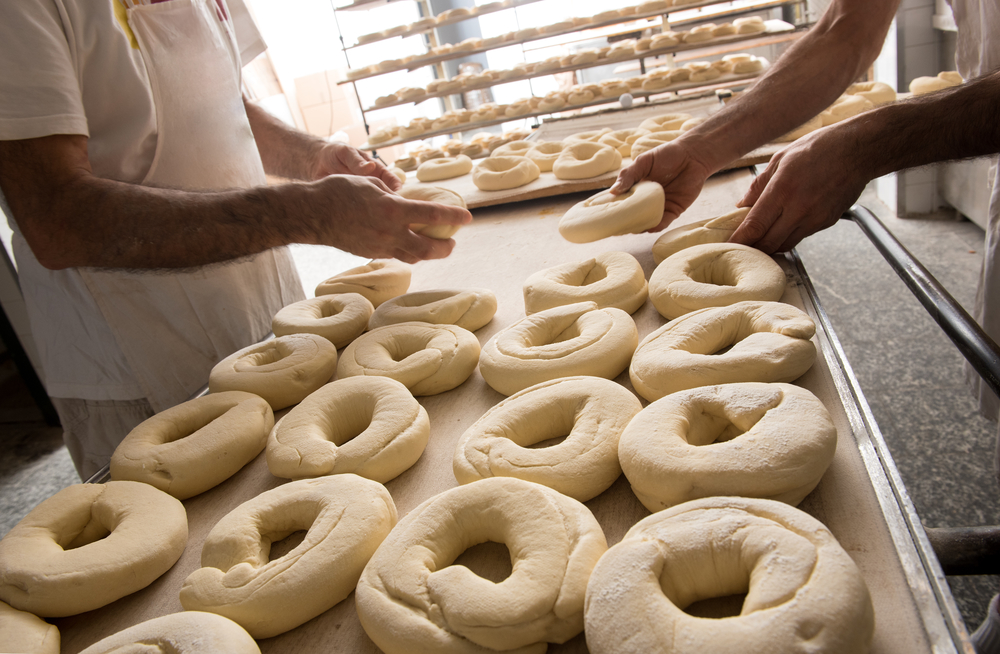Making Donuts for Your Menu? Here’s What Your Bakery Needs.
Ask any experienced baker — making donuts is an art. And making hundreds (or thousands) every day? The baker must master this art and be able to reproduce the process without any drop in quality. The general public can be extremely particular about their donuts.
If you’ve enjoyed making donuts in the past and want to add this product to your growing menu, you’re making a smart decision. Donuts are all the rage, but aren’t they always? It’s time learn how to turn your kitchen into an efficient donut production facility.
Cake vs. Yeast
There are two main types of donuts: cake and yeast. Cake donuts are denser, while yeast-raised are light and fluffy. The batter that goes into cake products can be any flavor, but yeast-raised products usually get most of their taste from the finishing glaze. Typically, everyone has their own personal preference.
That includes your customer base. It’s smart to put a selection of both options on your menu.
Keep in mind that yeast donuts are much easier to fill. If you’re dreaming of a cream or jam-filled center, yeast-raised is your best option.
The Mixing Is Different
You probably won’t need to buy a special mixer for making donuts, but the mixing process will require a different time frame, depending on donut type.
For cake products, the dough should be mixed only until the ingredients are fully combined. Resist over-mixing to avoid a tough final product.
Yeasted dough takes a higher level of mixing power and more time until it’s fully developed. The dough must develop structure to activate the yeast and create the fluffiness donut-lovers crave.
Get to Know the Process
You and your staff should practice making donuts over and over until you’re sure you have a consistent approach. Once the mixing is complete, yeast products must be allowed enough time to rise. The dough must be rolled and cut. Proofing may be necessary for yeast donuts as well.
The frying stage is critical; watch carefully to prevent burning. Once the donuts have cooled for about one minute, glaze them — don’t wait.
Would a Donut Robot Make Life Easier?
Once you’ve gone through the donut-making sequence a few times, you start to realize the labor and time commitment it requires. Consider investing in a donut robot — it’s a machine that automatically fries, turns and dispenses, letting you place the dough then work on other tasks while the donuts are prepared. You’ll use about 50 percent less oil, and you could save significantly on labor costs.
If making donuts for your bakery menu is your new goal, let Stratton Sales help you meet production demands. Call today for pricing on our donut-making equipment.



